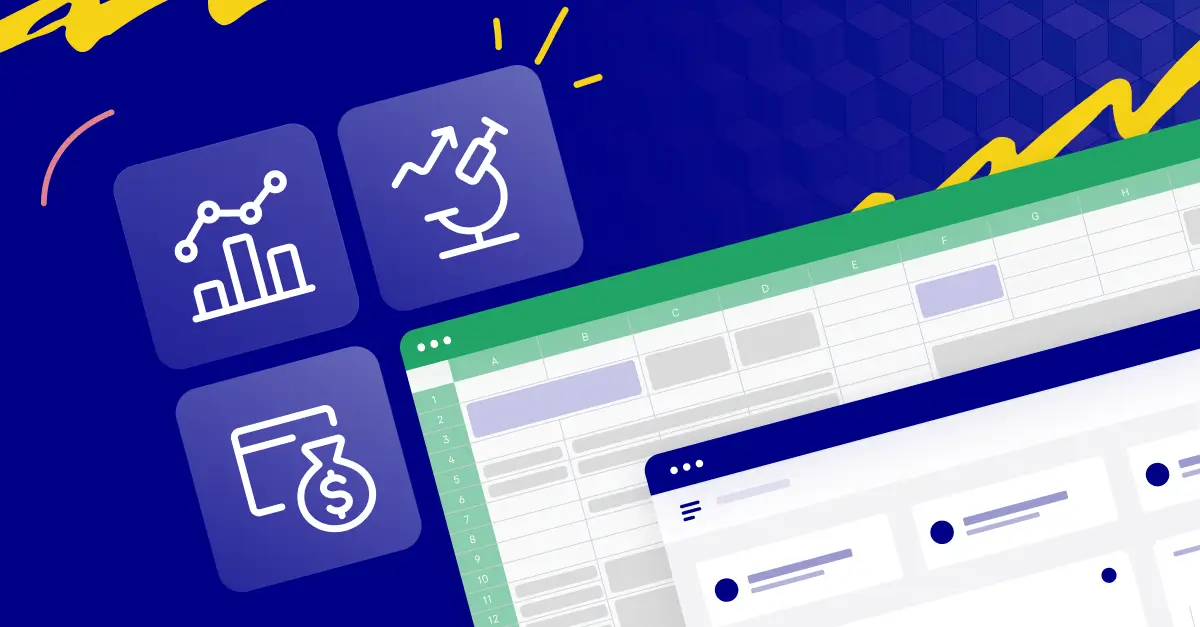The B2B SaaS "have"
To become a have, you must possess the following traits:
- An effective sales motion
- A product that sells itself (i.e. PLG)
- Constantly improving unit economics
You might be thinking, "Gee, those seem pretty obvious." But when I asked myself how much time the average FP&A professional spends creating insights on these themes, the answer was obvious again: Not enough.
OpenView goes on to advocate for investment in product-led growth (PLG), and outlines some great ways to get started. Exciting!
But before you start doling out free trials to your enterprise product with a three-month onboarding by dedicated consultants, you, the FP&A leader, must look at what’s making your business tick today and find some ways to incrementally nudge growth, profitability, and your total addressable marketing (TAM) while you work on those bigger PLG initiatives.
Assuming you have some level of product-market fit, consider:
- The efficiency and effectiveness of your sales and delivery motions (#1 above)
- The adequacy of your funnel (revenue growth from #2 above)
- The economics of your product offerings (unit economics from #3 above)
Diving deep into these areas should help you start to get some ideas on where to look for possible nudges in your data and your operations.
If you’re not sure how to start, don’t worry. We’re here to help!

Becoming a "have"
Here are a few easy steps you can follow.
Step 1: Begin with the end in mind
Ask yourself a few questions about your goals:
First, Choose an area of your business where you need to start doing something new, improve on the seeds of greatness, or possibly, stop doing something altogether.
Example: You’ve been tasked by your CFO to come up with ways you can improve your proof of concept (POC) conversion rate.
Second, Understand what good looks like. Use industry benchmarking and conversations with other strategic finance pros to help you calibrate.
Example: You find a recent report that says products like yours should have a 60% conversion rate for POCs.
Third, Define the most important variables for your POC conversion rate.
Example: In talking with sales leadership, you discover that the industry vertical of your customer and size are what they see as the biggest drivers of conversion success. You decide you’ll also look at variables such as the solutions engineer, the AE, the geographic location of the customer, and the age of the customer.
Fourth, Think about what you want to show your intended audience.
Example: After reviewing your framing from numbers one through three above, you decide that you want to create a presentation that not only highlights what is driving conversion rates, but also why (underlying processes, behaviors, etc.) this is the case, and what teams can do about it.
Step 2: Do a data dump
Pour yourself a cup of coffee, get a big tranche of data from your CRM, ERP, and product analytics tool, and put them all in a spreadsheet.
Make sure your data includes all of the dimensions and data points you framed out in Step 1.
(Bonus points (and major time savings) if you’re already using Cube for this!)
Step 3: Dig into the data
Spend the next few hours digging through the data to develop insights on points one, two, and three above. At the end of this, you should be able to tell your leadership team one or two insights that’ll keep the ball moving on a key initiative for the company.
For example, let’s say you dive into your go-to-market motion and discover you’re killing it with manufacturers in the Midwest.
Turns out, they have this specific problem that you solve because Jerry from your solutions team (who covers the Midwest) comes from manufacturing and has a custom demo for these customers that really wows them and provides tremendous value for Manufacturers.
Great, Jerry can do it in his sleep.
...but if Jerry didn’t have to do it, and manufacturers from the Midwest could start using it for free (then convert!), you just found your next PLG initiative while both making your company more profitable and enabling faster growth.
There’s a reason they call it strategic finance, folks! ;-)
If you’ve read this far and want some help with the research exercise I outlined above, please get in touch.
At Cube, we’re all finance junkies—we can help.



.png)





